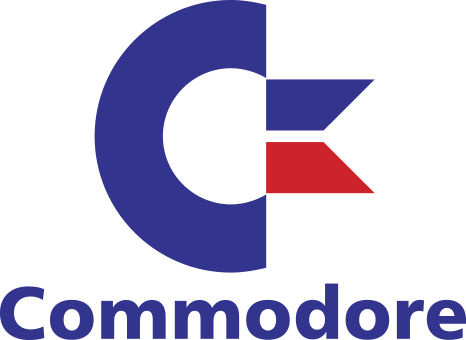Aster Computers
Aster originated from the tiny company MCP (Music-print Computer Products) located on Dam Square (Dijkstraat) in Arkel. MCP was originally founded as a company that specialized in writing music using a computerized photo setter, hence the name.
MCP’s founder, Curt Roth, was a computer hobbyist himself who decided there was a market in supplying gear to fellow hobbyists, and the company soon specialized in selling kits to the thriving computer hobbyists. People who were building or expanding their home-built microprocessor systems. They also built kits for third parties, so that people without soldering experience had a cheap alternative. For example, the kit of the Junior Computer computer from Elektor, (a “clone” of the KIM-1) and the Sinclair ZX80 were built in large numbers. MCP also sold gray imported computer systems such as the Apple, the Olivetti M20, the Luxor ABC 80 and especially the TRS-80 from Tandy. For the latter computer, they built an alternative to its notoriously expensive and unreliable “expansion interface”. This in the form of a PCB with an (improved) floppy disk controller, and a printer interface, which could be built into a self-developed floppy disk drive housing. as a solution for the memory expansion to 48K RAM, they offered a conversion service in which the 16K memory chips present in the TRS-80 were replaced by 64K chips.
Such an expanded TRS-80 was a lot cheaper, and more reliable, than one with an expansion interface. Only an RS232 port was missing. In response to this lack, MCP decided to develop an alternative expansion interface, with memory, floppy disk RS232 and printer interfaces, but also with a number of connectors for expansion cards, like the Apple ][.
They soon came to the conclusion that they could just as easily design a complete computer. It was thought that after the Apple ][ it should be given an abstract name, and it was thought that it should bear the name of a typical Dutch flower, hence the name Aster. The “CT-80” stood for CP/M and Tandy, and the year of release 1980. Why “Tulip” was not chosen is a mystery, as this would have been much more obvious, but another company later grabbed it. This first predecessor was designed as a kit. It sold well, but it was a typical cheap hobby system, and had many flaws. It also shared many of the same shortcomings of the original TRS-80. The director of MCP therefore decided to develop an improved commercial variant that could be sold as a completely built system, in a self-developed housing (the kit was sold without housing), and to rename the company to Aster Computers b.v. .
However, the original designer of the kit did not agree with this state of affairs and left. Another contributor, who had also worked on the alternate expansion interface, took over the design and greatly improved it. Added features include a fix for the “snow”, a solution to the small letters in TRS-80 mode, an improved font that includes “grey” mosaic blocks, and special semi-graphics to enhance the graphics capabilities and many other minor improvements including the reliability of the Cassette interface and the floppy disk controller. All this was necessary to convert the Aster into a commercial product. For a short time, however, the Aster was still built with the old euro cards slots.
In the beginning, this new Aster CT-80 was mainly sold to private individuals, but when the Dutch government asked to Dutch companies to develop a computer for education, the Aster was the only one that could meet all specifications and also developed and manufactured in the Netherlands. A special local network system was also developed so that students could download software from the teacher’s system that had floppy disks, and a system that allowed the teacher to get a student’s screen onto his monitor. Aster won the right to supply computers for the “One Hundred Schools Project”. Later that became much more than a hundred schools, in total about ten thousand Asters were manufactured for education. However, halfway through, the government reversed its decision and Philips received half of this order, although their offering (the P2000T) did not meet all the desired specifications (it had no network capability).
By now, Aster Computers had grown so rapidly that it had no opportunity to properly train its staff, and was experiencing financial difficulties due to excessive investment in parts. A temporary shortage of Z80 processors finally killed the company.
Another Dutch company, who had an alleged IBM-PC-compatibility, was more successful. Maybe because of the more famous flower, the Tulip System 1 of Tulip Computers.



